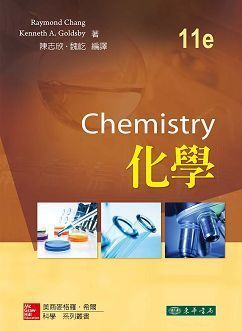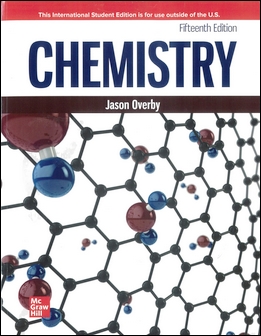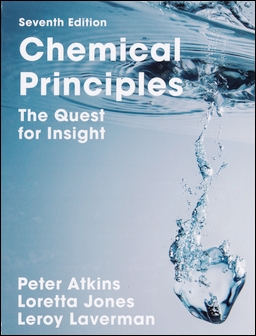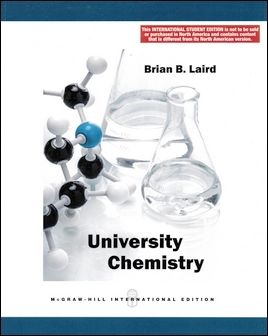書籍分類
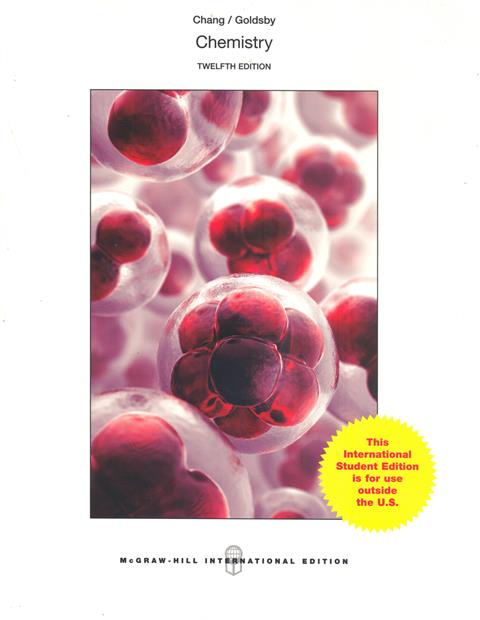
Chemistry 12/e
作者:Raymond Chang , Kenneth Goldsby
原價:NT$ 1,320
ISBN:9781259254581
版次:12
年份:2016
出版商:McGraw-Hill
頁數/規格:1168頁/平裝彩色
版次:12
年份:2016
出版商:McGraw-Hill
頁數/規格:1168頁/平裝彩色
內容介紹 本書特色 目錄
- Description
Chang's best-selling general chemistry textbook takes a traditional approach and is often considered a student and teacher favorite. The book features a straightforward, clear writing style and proven problem-solving strategies. It continues the tradition of providing a firm foundation in chemical concepts and principles while presenting a broad range of topics in a clear, concise manner.
The tradition of Chemistry has a new addition with co-author, Kenneth Goldsby from Florida State University, adding variations to the 12th edition. The organization of the chapter order has changed with nuclear chemistry moving up in the chapter order.



